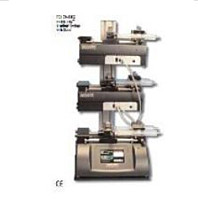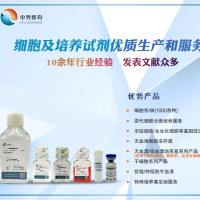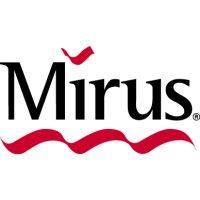PTDDRBD siRNA Delivery
互联网
1668
A major hurdle in drug delivery today is for the drug to reach inside the cell to exert its biological effect. Many drug candidates are hydrophilic and are therefore not able to cross the hydrophobic plasma membrane, which serves to protect the cell from foreign molecules and pathogens. One promising drug candidate is the hydrophilic and negatively charged short-interfering RNA (siRNA), known to degrade target mRNA 1,000-fold more efficiently than small molecule drugs. The delivery capacity of small cationic peptides called protein transduction domains or cell-penetrating peptides, suggested them to be suitable delivery vehicles for siRNA. However, it has proven troublesome to utilize the PTD–siRNA conjugates for mRNA degradation due to the characteristics of siRNA, often resulting in precipitation and aggregation. This chapter describes a recently reported delivery strategy, PTD–DRBD fusion protein siRNA delivery, where a double-stranded RNA-binding domain expressed as a fusion protein together with three TAT PTDs binds the siRNA, thus masking the negatively charged backbone and preventing aggregation. This new protocol results in noncytotoxic mRNA degradation even more effective than lipofection.







